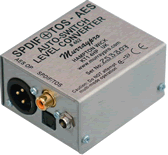- Connecting audio
- Audio PC
- Raspberry & Co
- All in Ones
- Bluetooth
- Chromecast
- Streaming audio player
- Music server
- USB Audio
- Real-time audio over IP
- FireWire DAC
- Multi-channel DAC
- NAS
- Remote control
- Vinyl rippers
- Acoustic materials
- Active crossover
- Active speakers
- Single driver speakers
- Invisible speakers
- Sound card
- Digital room correction
- Headphone
- Portable media players
Protocol converters
You can't connect two devices if they don't have the same interface in common.
You need to convert.
USB to SPDIF (coax or Toslink)
If your PC has USB out and your amp SPDIF in, you can try a USB to SPDIF converter.
An overview can be found here.
Behringer SRC 2496 AES/EBU - SPDIF $200,-
- High-end 24-bit/96 kHz A/D and D/A converters for ultimate signal purity
- Converts any sample rate between 31 and 100 kHz into 32, 44.1, 48, 88.2 or 96 kHz sample rates
- Flexible format conversion between AES/EBU and S/PDIF (coaxial or optical)
- Ultra high-quality signal output with 16-, 20- or 24-bit resolution
- High-precision quartz clock generator removes jitter and corrects off-tune, incorrect sample rates
- Extremely fast tracking supports varispeed applications
- All three outputs (XLR, RCA, optical) simultaneously operational (splitter)
- Inputs separately selectable (patchbay functionality)
- All digital inputs/outputs balanced and galvanically isolated
- All analog inputs/outputs servo-balanced
DiGiCo UB MADI : MADI USB 2.0 Connector € 899,00 excl. VAT
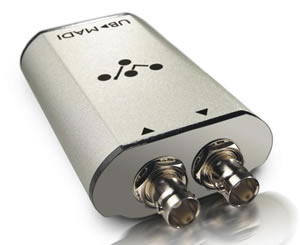
48 channels of IO simultaneously (full-duplex at 48KHz only).
Mutec MC 1.2
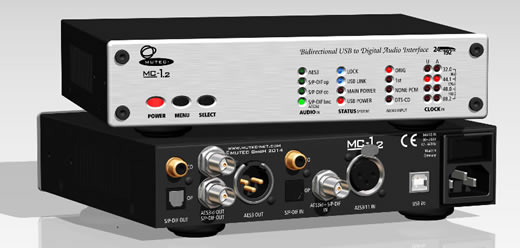
Bi-directional USB & Digital Audio Interface.
It works like a USB to SPDIF/AES converter but the reverse applies as well. Any input presented at, AES3, S/P-DIF with BNC, RCA and optical can be recorded over the USB.
USB audio class 2.0 driver for Windows supports ASIO, MME, DirectSound, WASAPI, Kernel Streaming, PCM 16Bit, 24Bit, 32Bit and Float-32Bit at all clock rates between 44.1kHz and 192 kHz
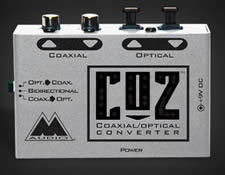
M-Audio: CO2 - Coaxial/Optical Bi-Directional Converter USD 79.95
- converts between optical and coax S/PDIF
- serves as a repeater to extend cable runs
- TOSlink optical and coaxial digital inputs
- TOSlink optical and coaxial digital outputs always active
- transformer-isolated RCA jacks prevent system ground loops
Twisted Pear Audio Toslink to SPDIF converter $15 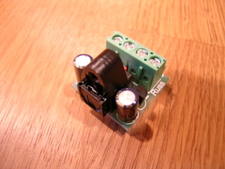
Available as a simple kit, it comes with an onboard 3.3V voltage regulator for a wide supply range and a Toshiba TORX 147LF optical receiver for support of up to 96kHz.
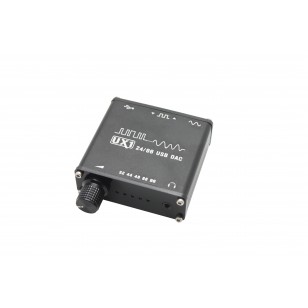
HiFimeDIY UX1 €56.69
A USB DAC and USB to SPDIF converter.
It can also convert SPDIF to USB, a pretty rare property.
Works without drivers on Mac, Windows and Linux computer and accepts 32, 44, 48. 88 and 96 Khz sample rates and 16/24 bit.
Art USB phono plus $99

AD/DA converter.
Beside analog input SPDIF and Toslink are supported as well.
This means you can use this to record digital signals and send them over the USB to your PC.


